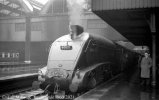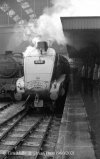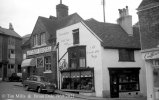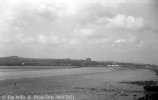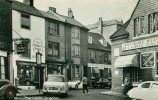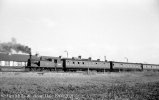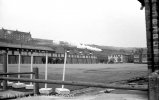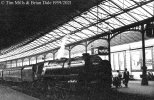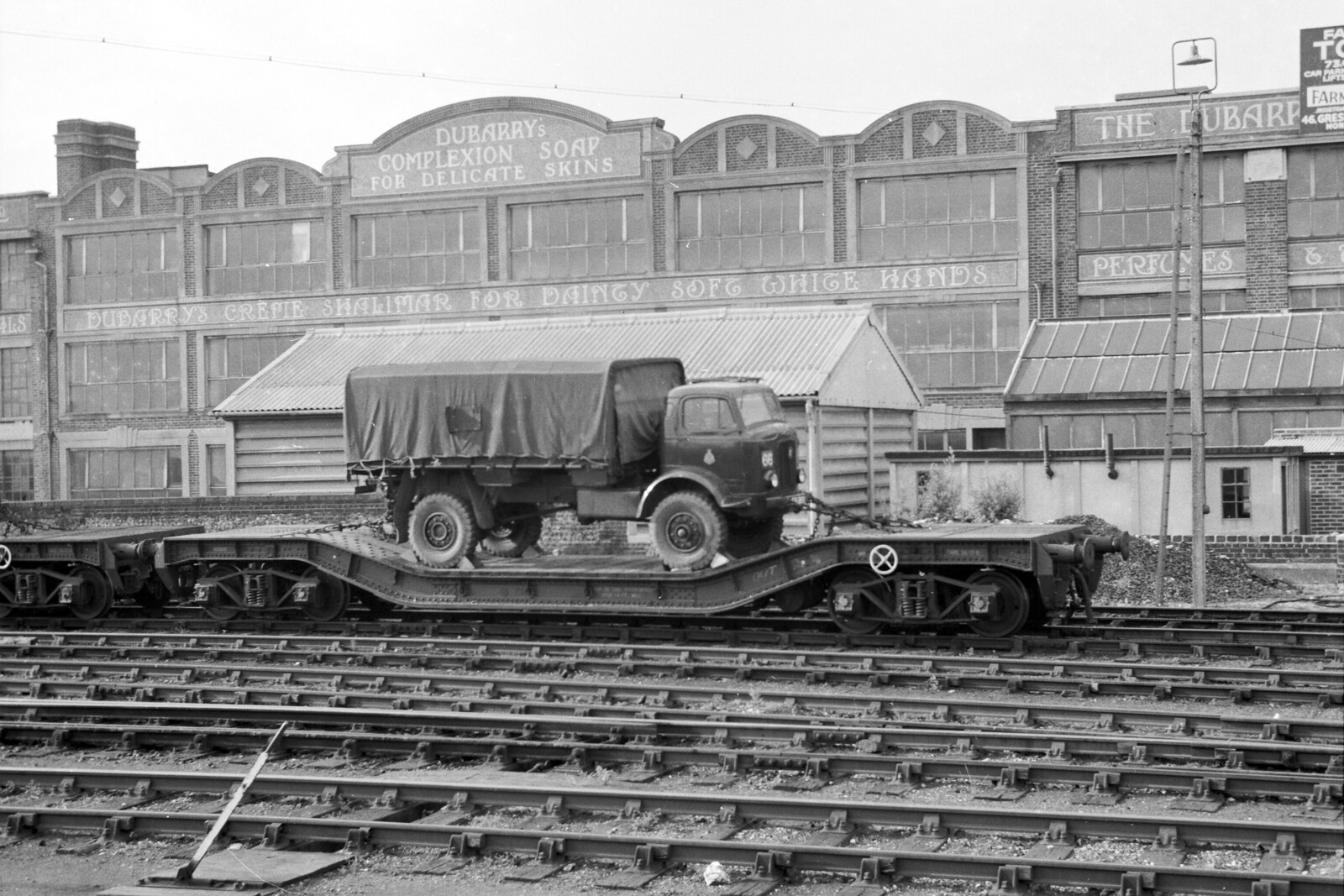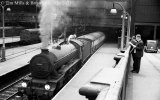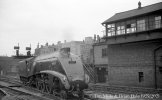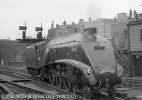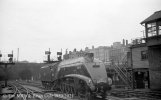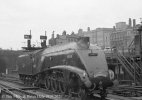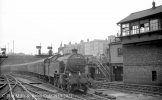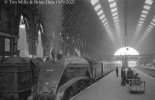Anyway, to complete the set for today, and it's quite obvious why I wanted this to work because it is, as indicated above, B17 61666, Nottingham Forest, at Liverpool Street (perhaps unusually on the electric side of the station) in the summer of 1959 and photographed from the cab road which I personally remember so well as the best vantage point. There's some electric stock in view for those interested in such things although I'm hard put to establish what it is. Anyway, 61666 was a Colchester engine in the summer of 1959, moving to Stratford in November and being withdrawn in March the following year. (BR Database and SLS). It was scrapped at Stratford works with indecent haste by the end of the month. (Rail UK)
View attachment 166881
Brian
Nothing unusual at all, perfectly normal procedure

Platform 11 was always East Anglia departures to Norwich, Clacton, Harwich etc. Platform 10 on the other side of the taxi rank (RH in this picture) were East Anglia Arrivals. In my days (early 80's) 10,11 or 12 could be arrival or departure (from Ipswich- Norwich trains), but 90% arrived on 10 and departed from 11 and very occasionally in on 12.
Platform 9 was an odd one, arrivals and departures to Central Anglia, mainly Cambridge and Kings Lynn.
Given the shadows on the ground this looks like a late morning/early afternoon departure and given the choice of motive power is probably for Clacton or more as likely to Harwich for a boat departure. Britannia's held sway on the Norwich turns but B17 were not unknown to Norwich and this being a Colchester engine puts more weight on a Clacton or Harwich service.
This side of the taxi rank was the East side and the electric trains served Southend and Shenfield, originally 1500V DC it was later converted to 25Kv AC; The conversion took place around 1960.
In the background is an AM7 unit, built in 1956 and converted to 25Kv in 1960, you can just make out the five indicator lamps under the 2nd mans window, usually a very good indication it's still 1500V DC, only the AM6 (306) and AM7 (307) had these.
Of little interest here, AM6 were close (earlier) cousins of the Woodhead 506 class, the AM6 was built in 1949, the 506 in 1954.
The AM codes were GEML only as far as I'm aware, later BR gave them numbers, 3xx was Overhead AC, 4xx was SR DC and 5xx was a mish mash of everything else DC, covering Woodhead, North London Line, Wirral and Merseyside.
Even further afield interest wise, the first EM1's (76) were tested on unfitted freights out of Ilford between Shenfield and Stratford until enough of the Woodhead line was electrified to carry out testing closer to home.
The West side was electrified later in the early 60's and was always 25Kv AC, those services ran to central and west Anglia and split off the GEML at the first station (Bethnal Green) out of Liverpool Street.


